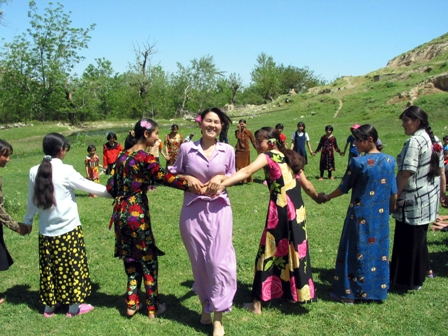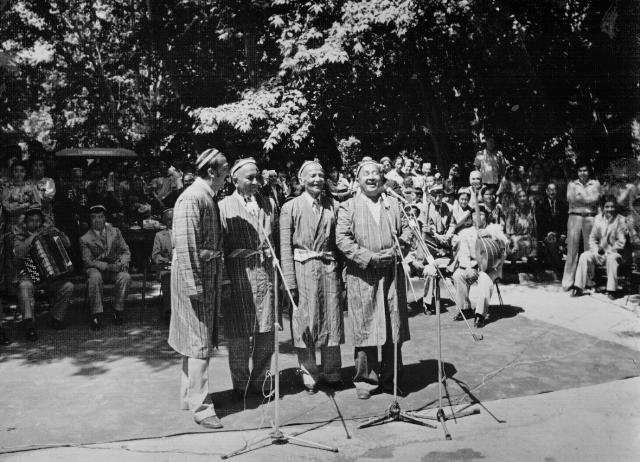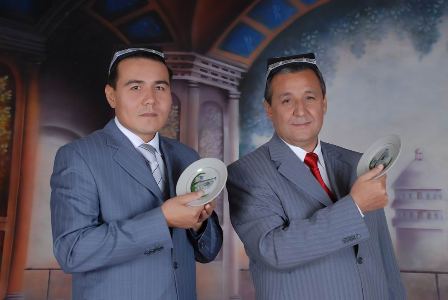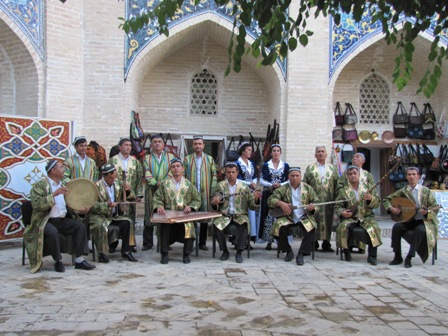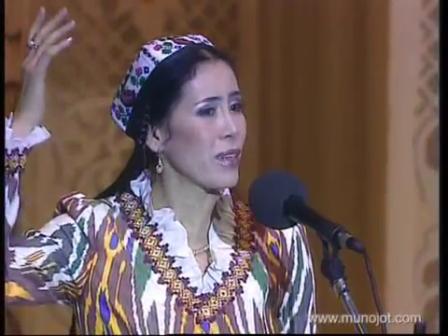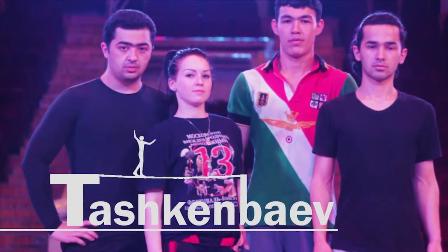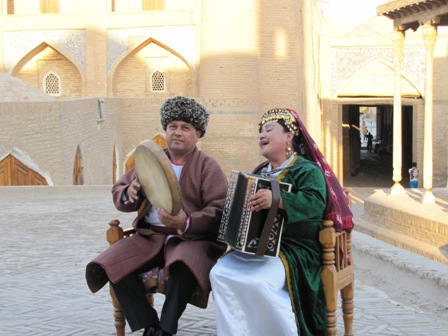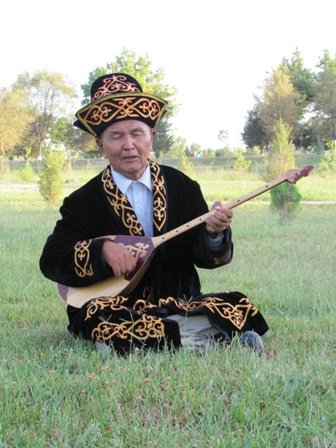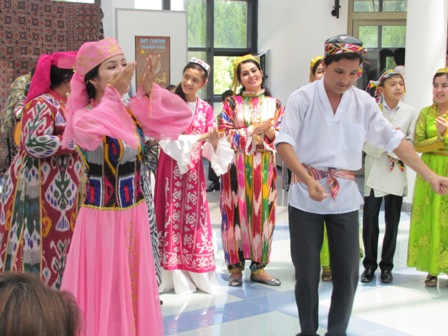Gilamdozlik (Carpet-Weaving)
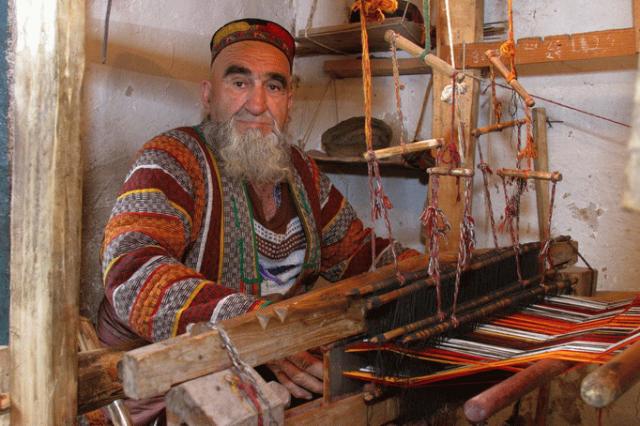
Domain: Traditional Craftsmanship
Index Number: 05.03
One of the most labor-intensive artistic crafts in Uzbekistan is carpet-making, the traditions of which go back to the ancient times. It should be noted that carpet-making and felt-making, for which wool of ship and skin of camel served as primary raw materials, evolved predominantly in the cattle-breeding environment (i.e. in the nomadic environment).
In pre-Mongolian period carpet items produced by Turkic tribes of Oghuz origin were especially popular. Later, during the epoch of Temurids, it is possible to observe active interaction of Iranian and Turkic carpet-making traditions. However, starting from the XVI century carpet items produced by Uzbek tribes from Dashtiqipchoq became widespread in Mawarannahr. In general, it could be told that this kind of historical symbiosis of carpet-making traditions of different Turkic peoples constitutes (forms) ethno-cultural basis of national carpet-making of Uzbekistan.
Later on, by the end of the XIX century, carpet-making transformed from house-based type of craft (satisfying internal needs of a household) into the one, which began to bring permanent income. In addition, during this period the city of Bukhara became one of the major markets where sales of carpets, produced by masters representing the whole region, took place. (Therefore it could be told, that widely-spread definition of "Bukhara carpets" does not always accurately reflect local features and peculiarities of the products, about which it is spoken).
Carpet items of Uzbekistan, in terms of execution technique, can be divided into long-piled, short-piled and pileless types. Women carpet-makers made various types of carpets. Among them it is possible to mention the following: piled carpets, which were laid under one's feet; panels called "bugdjoma", used for covering beds while moving from one house to another; carpet tapes called "kur" and "baskur", used for fixing framework of a jurt; pileless woolen rugs called "gadjari", "qokhma", "terme", "taqir gilam"; kit bags called "napramach"; saddlebags called "hurdjun", etc. Ornamental design of Uzbek carpet items reflected rich and diverse world of nomadic lifestyle. Their prevailing motifs were of cosmogonic and zoomorphic nature, and were expressed through orderly geometric lines and images.
From among piled carpet items, those produced in Andijan and Samarkand as well as carpet items used in decorating Karakalpak yurts were the most popular ones. In carpets of Andijan, as a rule, central area is ornamented with repeating cruciform motif, the edge – with a leading motif called "wave". From among piled carpets of Samarkand, high-piled fluffy carpet called "julkhirs" (a bearskin) stood out with its originality. It had elongated form (shape) and was often sewn using thin strips. It bears mentioning, that based on artistic features, one can unite into single group the items of pileless carpet-making, made by Uzbek tribes living in the districts of present-day Jizzakh region. As such, in terms of style these pileless carpet items are close to those made by Uzbek tribes of Kungrat, residing predominantly in Boysun district of Surkhandarya region and Dehqonobod district of Kashkadarya region. In these districts various types of carpets (such as "gadjari", "terma", "qokhma", "taqir gilam", etc.) are made with application of sophisticated patterning technique. Carpets called "oq-enli", which are created by applying a combined technique of embroidering and carpetmaking, stand out with their beauty. Also, original school of carpet-making (the famous product of which is known as "Arabi gilam") evolved among descendants of Arabs, who settled in the territory of present-day Kashkadarya region in the VIII-XVI centuries. Main items produced by them consisted of rugs laid under one's feet ("bozor gilam"), expensive wedding carpets ("Qiz gilam"), wall-mounted kit bags ("karchin", "torba"), saddlebags ("hurdjun") and prayer rugs ("joynamoz").
At present, carpet-making art is developing in Khoresm, Samarkand, Urgut, Nurota, Ferghana Valley, Surkhandarya and Kashkadarya regions. Folk masters (carpet-makers), while creating new carpets, are adopting and reviving the carpet-making traditions of the past. Notably, after gaining Independence, the production of silk carpets was set up in several cities of Uzbekistan, which marked a new stage in the development of this type of artistic craft.





